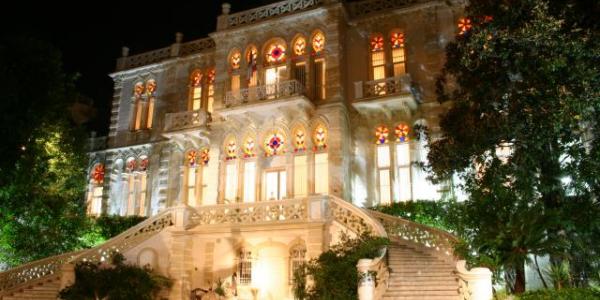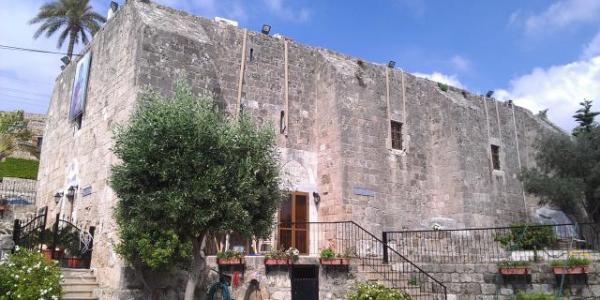Aammiq
Approximately 23 km from Anjar, the marshes of Aammiq (largest wetland of the country) are the remains of a network of lakes and marshes that once covered a vast part of the plain, and still serve as an important stop for migratory birds en route between Europe and Africa, sheltering rare and protected species of birds in the winter. In addition, this area is used for irrigation and as a pasture for the region’s cattle during the dry season, which usually occurs between August and November. The site is a privileged meeting place for hunters, fishermen and lovers of nature.
Chtaura Wineries
The area is known for growing vine trees and, before arriving to Anjar one has to pass along many wineries. Twenty minutes away from Anjar, Chtaura is home to many wineries: Ksara, Domaine des Tourelles, Massaya, Nakad, etc. Some studies have shown that wine has been produced in the Bekaa valley since the Phoenicians, about 3,500 years ago. True or exaggerated, the fact remains that Lebanese wine is ancient and well established in many regions of the country, of which the Bekaa valley is the main production area.
Rachaya al Wadi
Rachaya Al Wadi is a village in West Bekaa at 32 km from Anjar, lying at the foothills of Mount Hermon, one of the country’s most important water reservoirs. The village is characterized by its traditional architecture, its 17th century historical souk, brick rooftops and the hilly scenery that surrounds it. Its citadel, named the Citadel of Independence, has witnessed the dawn of Lebanese Independence from the French Mandate in 1943.




